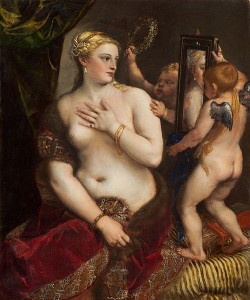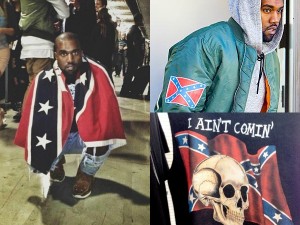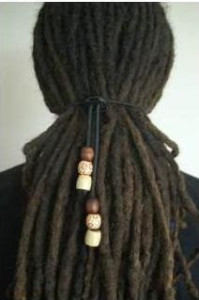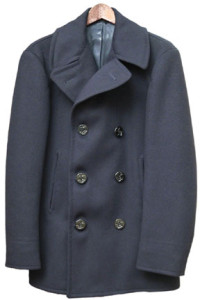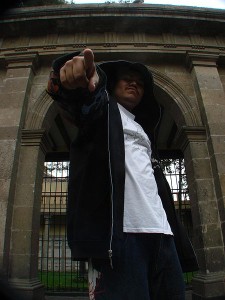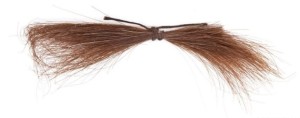Earlier this month, an 18 year-old transgender student fought and won a battle to wear a tuxedo in his yearbook photo, despite his school’s initial reaction that the photograph would not conform with “community standards.”
As reported, the South Texas school refused to allow high school senior Jeydon Loredo to wear his tuxedo in his senior photograph because “they were a conservative school” and as a consequence, his “photograph would be included only if he wore feminine attire, such as a drape or blouse.” As discussed in Dressing Constitutionally, yearbook photos have frequently been a locus for regulating students’ gender expressions, but the administration’s reasons often do not justify their actions because of First Amendment and Equal Protection Clause protections.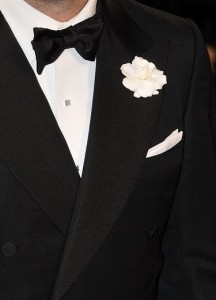
Joining Jeydon and his family, the Southern Poverty Law Center wrote the school district officials a demand letter, describing how the refusal to include the photograph “violates the student’s freedom of expression, which is protected by the First Amendment. It also violates the Equal Protection Clause of the 14th Amendment, which protects the student from discrimination, as well as Title IX, which bars discrimination on the basis of sex by any education program receiving federal money. Refusing to publish the photograph would even violate the school district’s own anti-discrimination policies.” The Center then threatened a suit against the District if they did not make a decision to include the photograph of Jeydon in the tuxedo within eight days.
Shortly after receiving the Center’s demand letter, the District came to a resolution that it would allow the photo, saying the decision was “in the best interest of the student and the school and the community.”
But as the Center said in a recent Press Release, the District allowing the photograph is much larger than just the best interest of Jeydon and the community — it sends the message “that transgender students should be recognized as important members of their communities rather than ostracized and subjected to discrimination.”
[image via]

